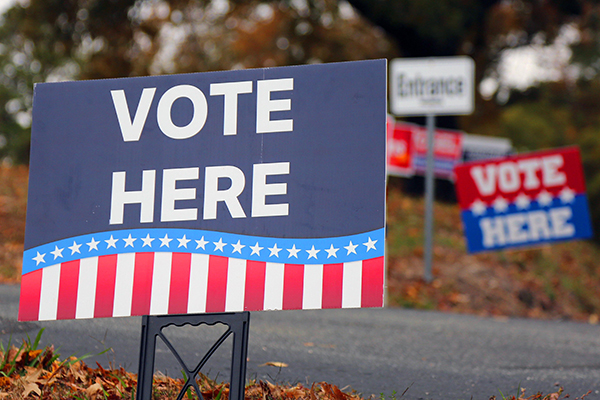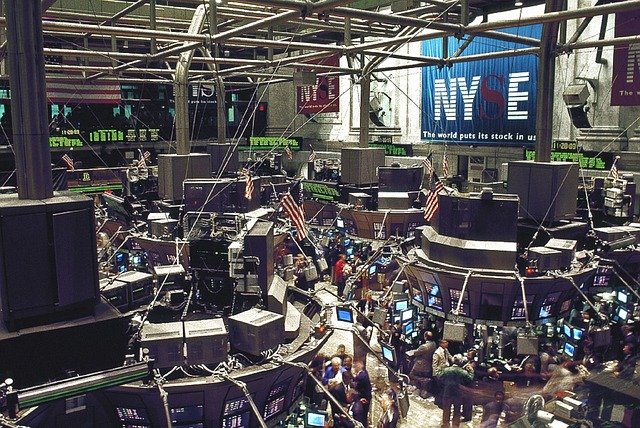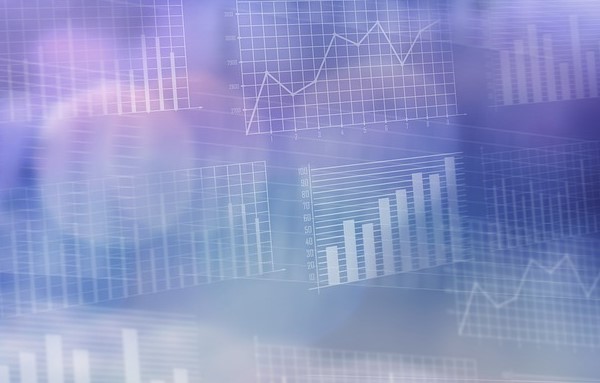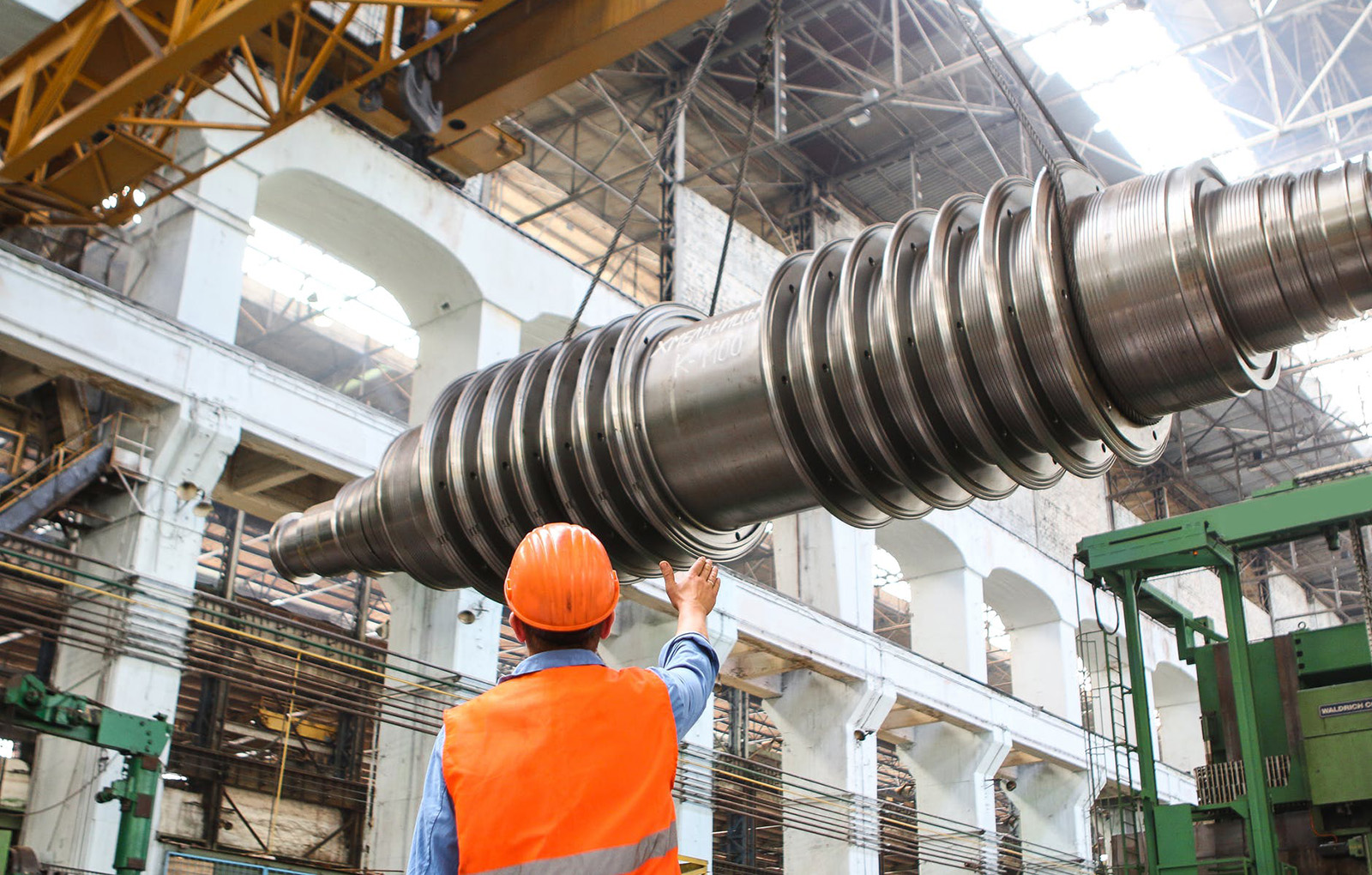I am not often at a loss for words, but I have struggled with where to begin this letter. I do not want to just focus on the headwinds because there are some positive things going on, and the stock market is reacting to them. However, I also do not want to provide false hope as the virus is far from done wreaking havoc throughout the globe and in the US. There is so much to cover, but as we are all inundated with virus news and economic news, I am going to be brief in my comments with the invitation that you are welcome to contact us for further insight on any topic(s).
The Virus
- This is, of course, the great unknown.
- In terms of when the economy can really be opened up, we still need to get better information on if there will be a resurgence of cases and deaths.
- It will be critical to know whether people surviving the virus have immunity, and whether the weather will have an impact.
Opening the Economy
- This is going to be a slow process; opening too fast risks a second wave of increasing cases and any economic opening will have to be retracted in some places if cases start to rise.
- The UK and NYC just announced extended lockdowns by at least three more weeks—but other places are gradually opening sooner.
- A full reopening is unlikely to happen until there is a widely available vaccine, or until we have reached herd immunity (a fancy way of saying almost everyone has had it and cannot get re-infected).
- Successful treatments (not vaccines, but treating the symptoms of someone infected) would make a big difference as we could reduce the mortality rate, reduce the number of severe cases, and therefore open the economy up quicker as herd immunity accelerates.
- Unfortunately, the bottom line is that I would expect to see some level of social distancing for quite some time (at least for large gatherings like concerts or sporting events, and likely for casinos, hotels and restaurants). We can make things better by wearing masks. There is evidence that Hong Kong has been able to dramatically slow the spread of the virus and remain largely functional because nearly the entire population is wearing masks in public (WSJ, 4/17/2020).
The Economic Fallout
- Things are going to be tough, but this is a completely unprecedented time. Nothing like this has happened in the US in over 100 years and the economy was so different then, there is no guide to be had.
- Everyone knows it is going to be bad: the projections for annualized 2Q20 GDP growth range from roughly -10% to -50%, with the average being in the mid -20s.
- The question is, will it be as bad as people fear? The case for optimism is that there will be a big demand surge (pent-up demand) once things open sufficiently. For example, almost everyone is going to need a haircut; the downside is no one is going to get two haircuts in May because they missed getting one in April. So, the demand surge may be somewhat limited.
- While all of the stimulus in place will help those impacted now, it will really help once the economy opens up, as will the very low oil prices (unless you are in the energy industry).
- Inflation is not a concern for the short term.
- We can expect a long period during which we will still have spare capacity (for example, the ability to make stuff when factories reopen. It is likely they will open in stages, not all at once).
- Unemployment is going to balloon to 20-25%, maybe higher. It will come down gradually as the economy opens, quickly once we get a vaccine or herd immunity, but there is no way it will come down as fast as it went up. Therefore, wage pressure is unlikely for a while.
- Energy costs are likely to stay low for quite some time.
- That said, in the long term, inflation is likely. We have to pay for all of this stimulus somehow and the only way to do so is to inflate our way out of it. This process is called Financial Repression and was in place following World War II (more on that another time).
- The fallout of the lost tax revenue, both due to the tax cut a couple years ago and of course all the lost sales tax revenue, is a large unknown. This is related though to the point about not having a choice other than to try to inflate our way out of debt. There is no way we will ever raise enough tax to pay down the debt, and cutting spending is a lot harder than increasing it.
The Markets
- The speed of the onset of the bear market, a 20% drop, was the fastest from an all-time high, or second-fastest, if measured from a recent high, in history.
- Likewise, the 20% rally technically ended the bear market, making it the shortest in history.
- Bear market rallies are common, especially in bear markets when paired with an economic recession, so that speaks to another leg down.
- However, a rally of this magnitude often signals the bottom is in.
- Bear markets usually have three waves:
- Wave 1— “this is temporary”
- Wave 2— “this is worse than I thought”
- Wave 3— “this is never going to end”
- We have certainly already gone through Wave 1, and perhaps Wave 2 has started with how bad the economic data is. Wave 3 will happen if we see new cases and death rates increase, or if we are forced to be mostly locked down well into the fall (or into 2021).
- Some industries are never going to be the same (cruise lines, business travel), but other industries are going to prosper (virtual meeting technology, 5G technology, health care R&D). We are focusing our efforts on these themes.
The Election
- It would seem the one thing Democrats can agree upon is the desire to defeat President Trump. What was shaping up to be a contentious campaign all the way to the convention suddenly turned on a dime as all the leading candidates dropped out and endorsed Joe Biden.
- Obviously it is early, but the polls currently show a very tight race. We could see Mr. Biden win the popular vote, possibly with more than 50%, and still lose the election due to the Electoral College process.
- It is likely Democrats will retain the House, and the Senate, though too close to call, will likely be just a one or two seat advantage to either party.
The Oil Market
- I wasn’t planning on addressing this specifically but after the action on Monday and Tuesday, it warrants a couple thoughts.
- The prices going negative were a function of the front month futures contract expiring and the fact that storage for crude is basically full. So essentially, everyone who was long a contract and could not take delivery of a barrel of oil was forced to close out their positions.
- Unless the supply goes down significantly or demand goes up a lot, we are probably looking at a similar issue when the next contract expires a month from now.
- The cut in production by Saudi Arabia and Russia of 9.7 million barrels/day helps, but this is a drop in the bucket when the estimate is demand for crude has fallen by 30 MMbbl/d.
- This supply/demand imbalance is likely to exist for some time as it will be a while before people are driving and flying like they did before the lockdown.
As you can see, there is a lot going on right now. For long-term investors, it is important to stay invested. There are many opportunities that are created when panic selling (or panic buying) happens. We are focused on these dislocations and positioning portfolios to not only ride out the storm but to take advantage of the opportunities as they arise. I know it is tempting to sell when times get tough, but doing so and then missing the subsequent rally is just as bad. The worst may not be behind us in terms of economic impact of the virus, but the market will bottom before the economy does (and may have already). As we mentioned, we encourage you contact us for further insight on any or all of the above. All of us at J&A hope all of you and your families are holding up as well as can be expected in this disjointed time.





